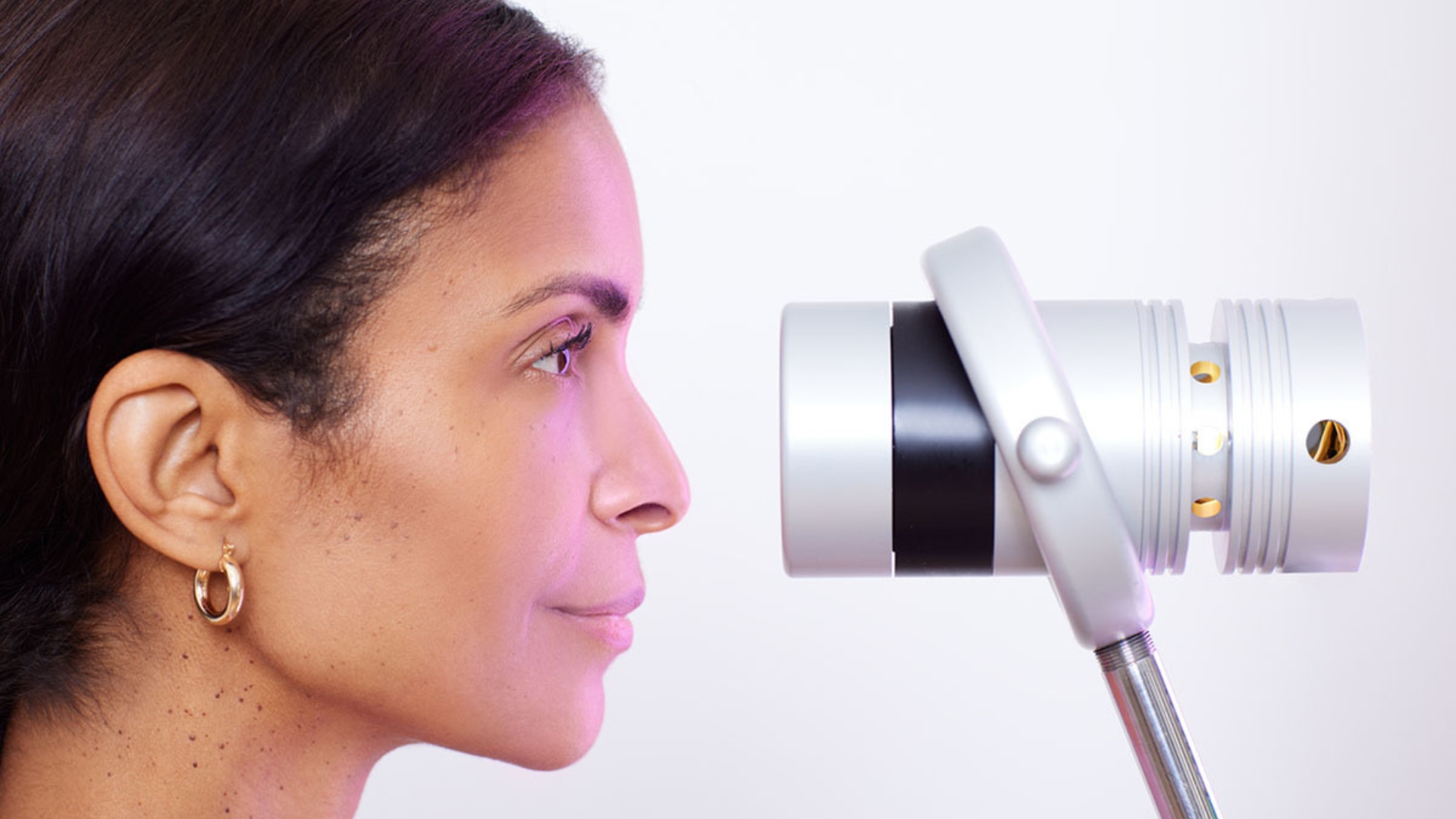Fever Phobia: Why a Seasonal Fever May Be Just What the Doctor Ordered
All of us have at least one childhood fever memory. Back of a hand to the forehead, a mercury-bulbed glass thermometer underneath the tongue, cold compresses, an assortment of liquids to drink, sweats and chills, and no school. Maybe you also remember someone making you chicken noodle soup, spoon-feeding you icky-tasting acetaminophen syrup, and watching cartoons all day in your pajamas.
Aside from the special round-the-clock attention, getting a fever was usually the pits. When a fever flourished, the main mission of the household was typically to reduce and eliminate it as quickly as possible because a fever is dangerous, and “we’ve got to break it.”
Sound familiar?
Through our childhood experiences, many of us have grown up believing high fevers are bad and need to be broken. This is a misconception. As a society, though, we have collectively developed fever phobia. But what if there is actually a favorable side to fever? And what if a seasonal fever is just what the innovative doctor ordered?
Why Do We Get Fevers?
Fevers have been a part of life for both endothermic (warm-blooded) and ectothermic (cold-blooded) vertebrates for over 600 million years. A fever response is also part of life for some plants—like the bean plant that will increase the temperature of its leaves following an infection with a particular type of fungus. Fevers have followed us throughout our evolutionary journey, suggesting that febrile temperatures provide some survival advantage.
When our immune cells recognize a sign of a pathogen in our body, they release special signals that alert the hypothalamus, which is in charge of our internal thermostat, among other roles. When the hypothalamus receives this type of message, it releases hormones that cause various heat-boosting responses. As a result, our body temperature begins to rise and the side effects of fever are felt.
By increasing your body temperature, a virus’s ability to multiply may be slowed down. Research has discovered that our immune system might actually work more efficiently when our temperature rises. The first responders in our immune system (such as dendritic cells, macrophages, and neutrophils) seem to arrive at the scene of intrusion quicker and have an improved ability to destroy infectious invaders at temperatures between 100.4°F to 104°F. Studies have also shown that fever supports these immune cells to bring in and activate T-cells, which are needed for adaptive immune interventions like creating antibodies.
What this all really boils down to is that fever is the response to an infectious or inflammatory disease and not necessarily in and of itself a problem, but rather a solution. The problem is we treat fever as a problem and not as the evolutionarily perfected solution that it is.
Why Do We Have Fever Phobia?
Our normal body temperature is right around 98.6°F, but once the thermometer reads 100.4°F, you officially have—dare we say the F-word—a fever, which, let’s be honest, is uncomfortable. Our first line of defense, without even considering the utility of fever, is to start dosing with fever-reducing over-the-counter drugs. This is what most of our caregivers and pediatricians have always told us to do—reduce the fever, and you will start to feel better.
Let fever run its hot course, and you run the risk of febrile seizures, brain damage, or death. This is not entirely true, though, but the risk of death and fear of the uncomfortable are certainly enough to provoke a pervasive phobia that has extended to pediatric and primary care doctors and emergency rooms.
Fevers are not universally favorable, though. If your temperature rises too high for too long, it can be fatal by causing your cells to die and releasing protein into your blood that can cause damage to your kidneys and other vital organs, leading to organ failure. What is considered too high depends on the individual, the source of the fever, and hydration level. Prolonged fevers (more than three days) can lead to cellular stress and delirium. Individuals with autoimmune disorders, sepsis, extreme inflammation, or neurological injuries often have worse outcomes due to uncontrolled fever.
But for many of us, a few degrees Fahrenheit rise in core body temperature when a pathogen has invaded and a sign of illness becomes present is actually what healthcare providers should be ordering, at least at first. For over 600 million years, the role of fever has kept vertebrates alive—fever is an evolutionary solution and, with the exception of extreme illness and specific patient cases, needs to be left to do its job. Our first response to fever shouldn’t be to take fever-reducing medications (antipyretics) like Tylenol, Ibuprofen, or Motrin, especially if it is mild and you are not immunocompromised.
How to Support a Favorable Fever
If you get a fever, it means your immune system is responding. And while fever has a vital function in boosting the performance of our immune cells, generating stress on a bacterial infection and compromised cells, and supporting the production of antibodies, it can still have a nefarious side. A fever can become dangerous (for anyone) if dehydration sets in or you overexert yourself.
Fortunately, a few simple at-home fever management practices can help you support a favorable fever safely:
- Drink a lot of room temperature fluids for hydration (staying hydrated is paramount to overcoming a fever safety)
- Bonus: Adding in some hot liquids throughout the day, like soup can help the fever do its job
- Allow yourself to fully rest
- Enjoy a lukewarm Epson salt bath
- Take immune-boosting adaptogens like muco coccinum, reishi mushrooms, rose hip, and holy basil.
- If you have an appetite, stick to small light meals (like vegetable broth or toast) to avoid overwhelming the digestive system
- Recipe idea: immune-supporting roasted garlic miso soup with greens
“Fake” a Fever and Reap the Benefits
You don’t necessarily need to have a seasonal fever to reap the detoxification and immune-boosting benefits of one. You can “sweat it out” without getting sick, and in doing so, support your body’s natural detoxification processes and boost your immune system this season.
Ways to create heat for detoxification and healing include:
- Sweating it out in an infrared sauna
- Practicing hot yoga
- Using a Therasage infrared heating pad
- Sipping Chaga hot tea

Trust Your Body
Over millions of years of evolution, the human body has evolved to operate in perfect synergy, with systems and cells working in harmonious cycles to maintain homeostasis. As you’ve just learned, fevers are a functional response to something that is threatening balance in the body. Next time a fever strikes, instead of immediately reacting to it as if the fever is the threat, think of it instead as an essential part of your miraculous immune response team. Your body knows what it is doing, it just needs your support.
Disclaimer: The statements made in this article have not been evaluated by the Food and Drug Administration. Any products or treatments mentioned are not intended to diagnose, treat, cure, or prevent any disease. Please consult a licensed medical practitioner for medical advice.
At Innovative Medicine, we believe in transparency. We want you to know that we may participate in affiliate advertising programs pertaining to products mentioned herein.
See how we can help you restore complete health of body, mind & spirit.
Join our mailing list and receive exclusive offers + information!







Leave a Reply
Want to join the discussion?Feel free to contribute!